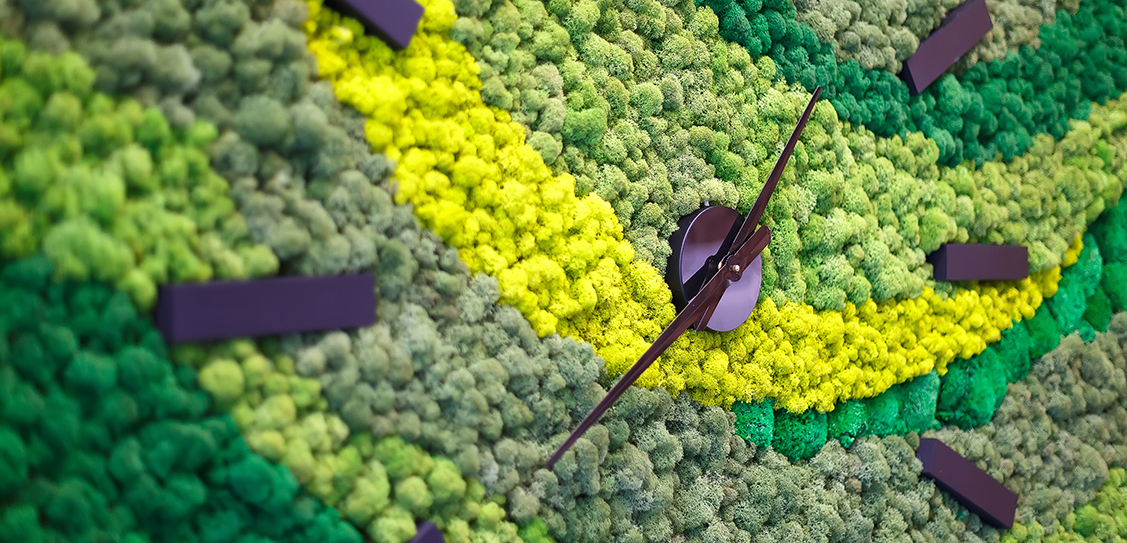Living green walls have already taken the UK by storm but designers say moss, normally found in damp and shady ground outside, is the next big thing for interiors.
For the learned who are finding it hard to believe, biophilic experts have already developed moss walls, ceiling tiles, art, branding and moss desk dividers.
They have even incorporated moss into office furniture, such as storage and shelving.
Some of the biggest brands in the world, including Uber at its London headquarters, have been early adopters - tapping into a new trend towards greenery in the office.
There are those that say the trend is only going to grow as the pandemic generation craves a healthier workplace.
We’ve already seen a trend of people wanting to get live plant life into the office. They want the feel of having the greenery and oxygen around - and I think that will increase now as they return to work after coronavirus.
With concerns over health and safety raised after lockdown, companies will have to offer creative innovations to make the workspace safe and attractive to employees again.
That’s where moss could prove to be the go-to product. It brings a wide range of benefits, needs very little looking after and is easy to install. It’s definitely a trend to watch.
Caroline Zampier, interior designer and space planner at Crown WorkspaceThe common plant that most people tread over every day in cracks between paving stones can deliver an incredible array of benefits, including:
- Improving air quality
- Reducing airborne dust
- Reducing noise
- Taking moisture out of the air and maintaining humidity levels
- Insulating buildings
- Reducing CO2 emissions
In addition, and in contrast with other types of a living wall, preserved moss doesn’t require an irrigation system - making this alternative a lot more versatile for indoors.
It’s great how little maintenance a preserved moss wall needs.
It doesn’t grow or fade and doesn’t need to be watered.
Best of all, it helps clean the air because pollutants cling to the surface of the moss before being converted into the plant’s biomass by its own bacteria.
Moss can also reduce noise by as much as five decibels and save companies money on heating and air conditioning. And, of course, it’s good for the environment because it reduces carbon dioxide, too.
Caroline ZampierMoss has already inspired some remarkable designs, with more in the pipeline.
For interior designers, it’s a wonderful tool to work with because it is so versatile - it’s been used in all kinds of installations and in all manner of design patterns.
In an office reception, for instance, you can have a green wall with moss and select different colours - any colours - to spell out the brand logo. It looks spectacular and helps the environment, too.
Caroline Zampier
